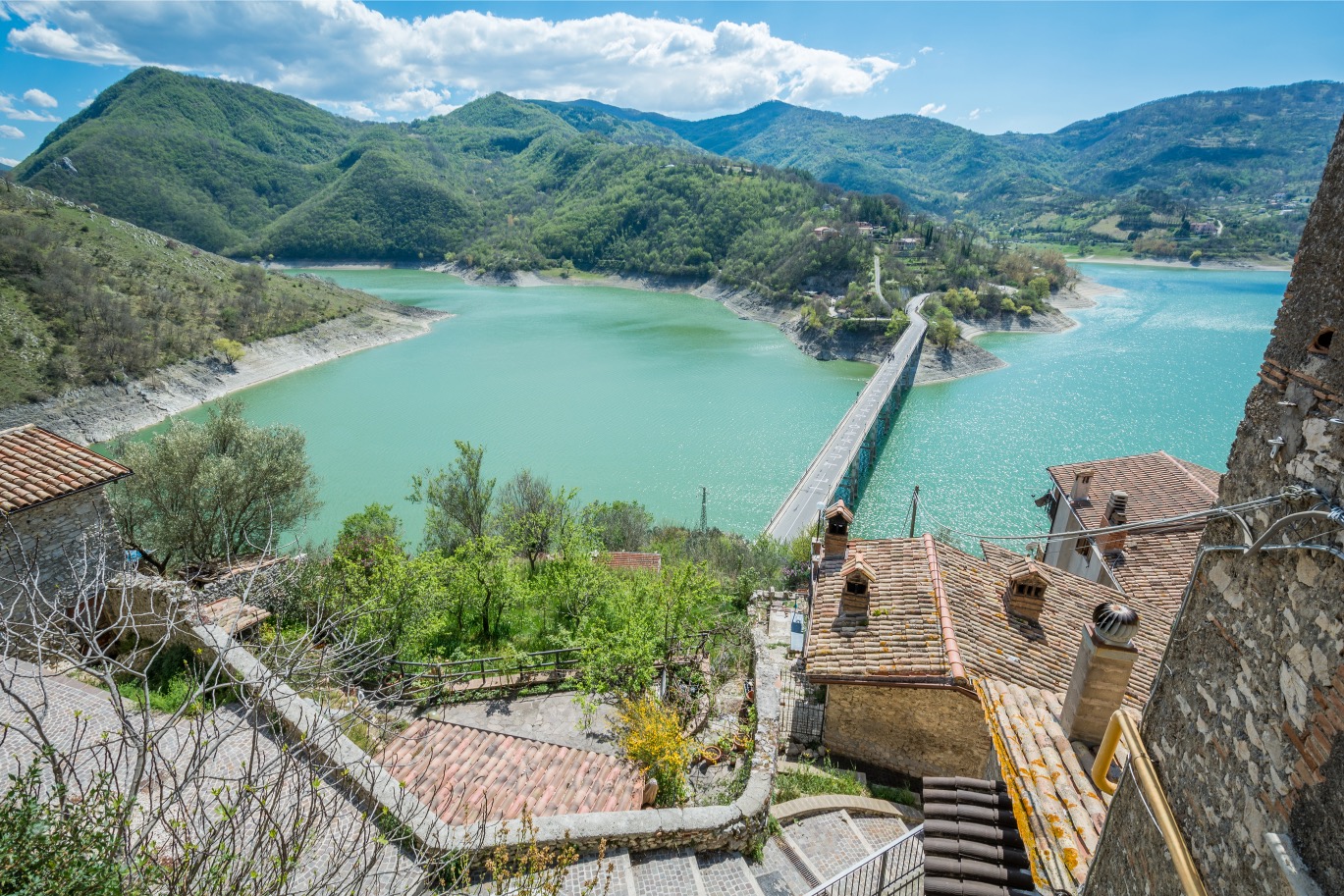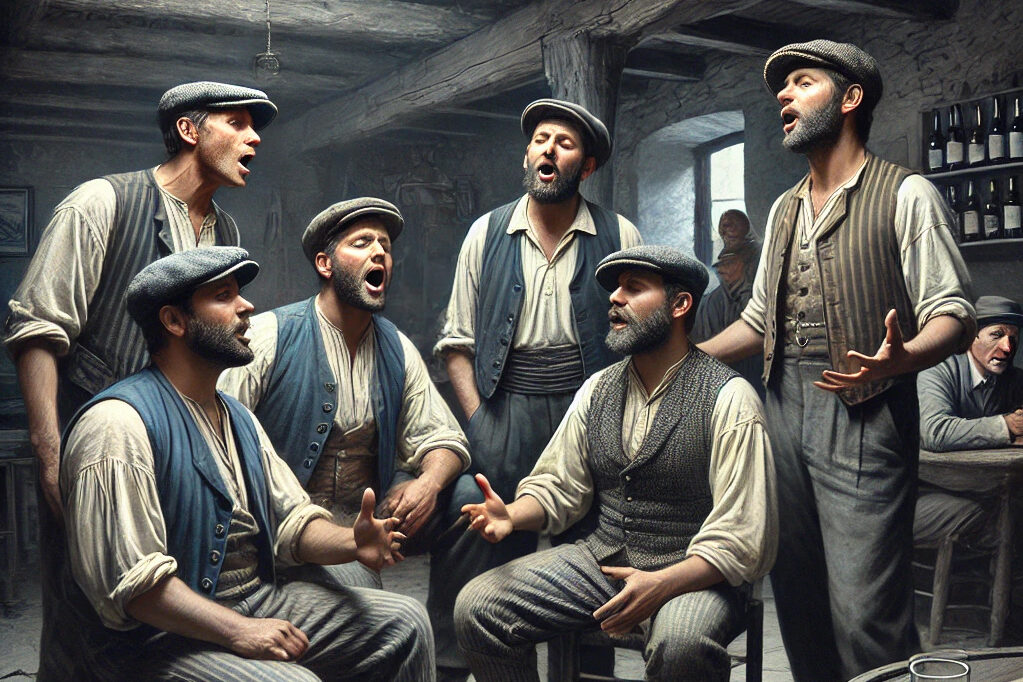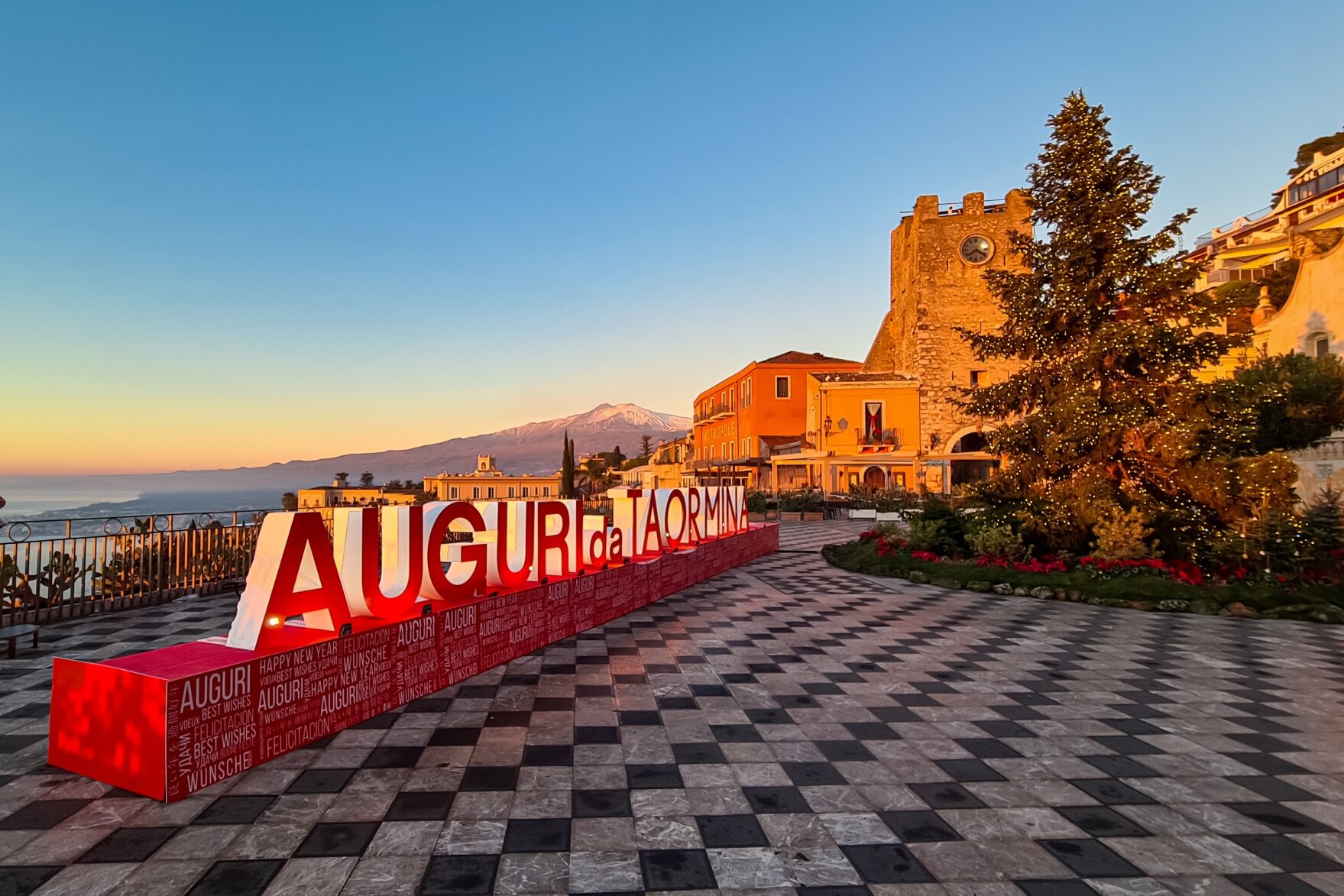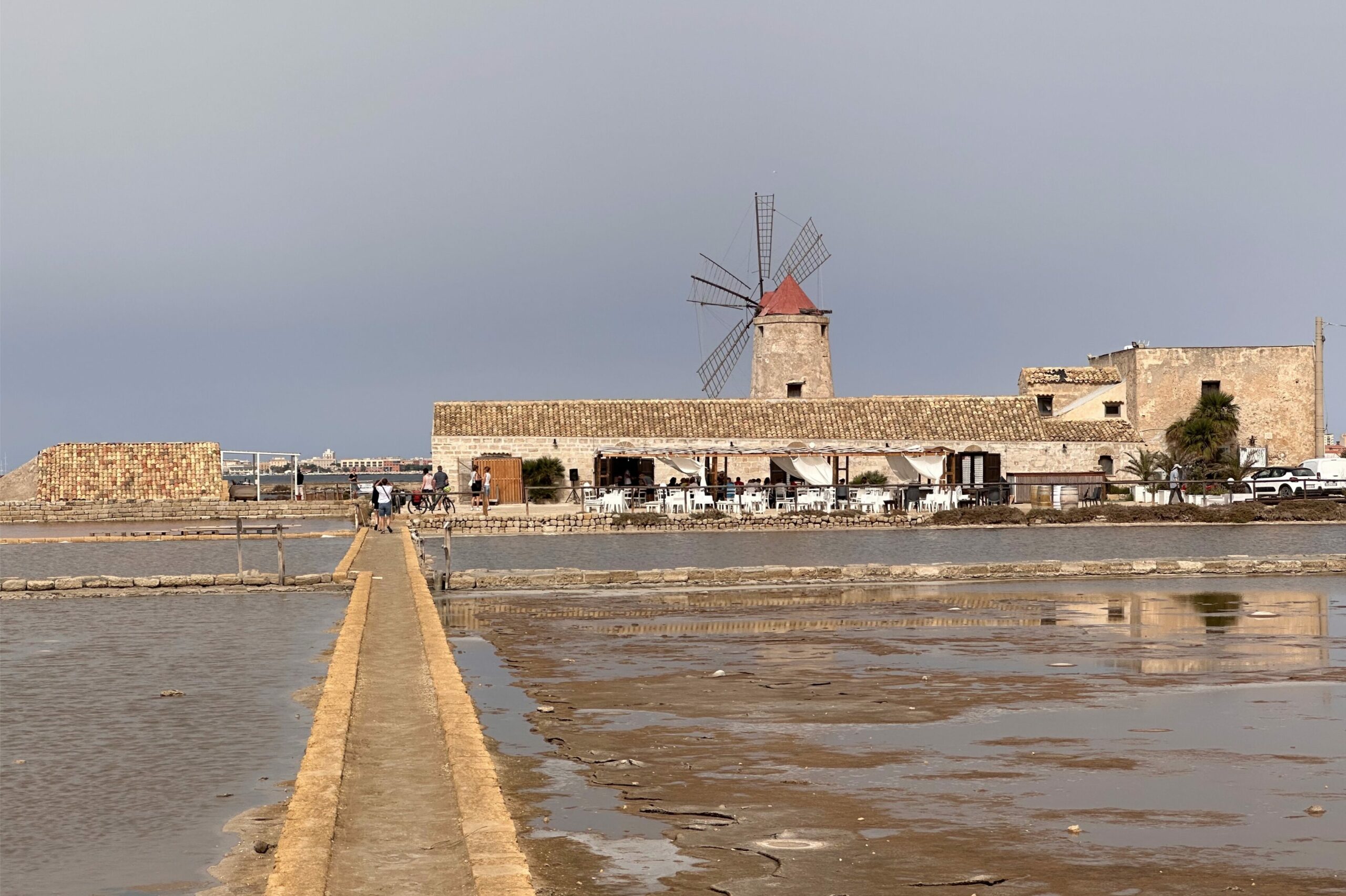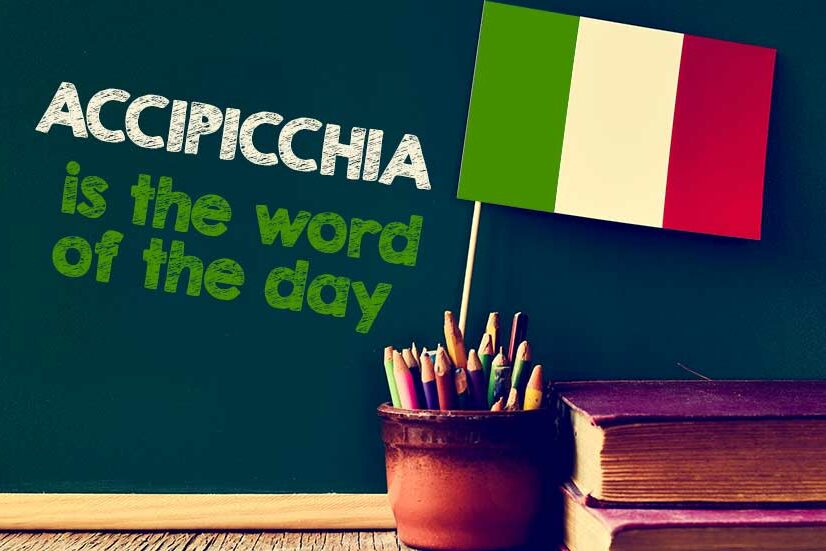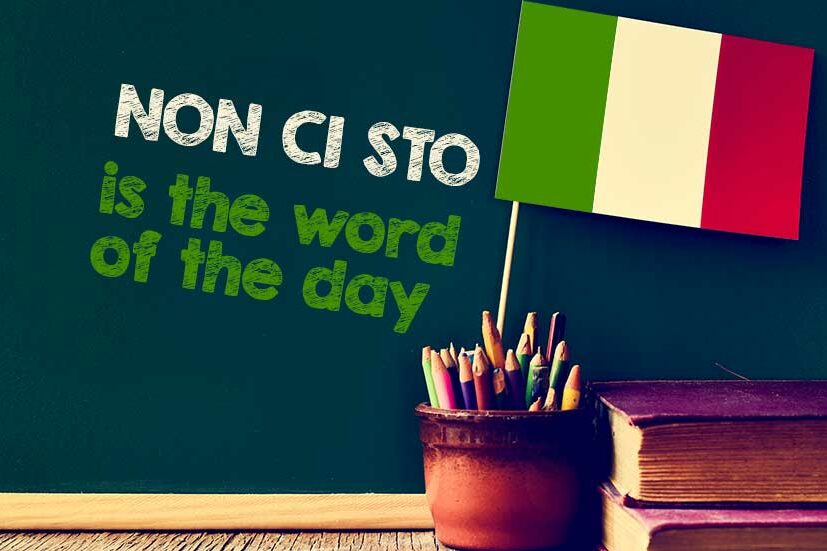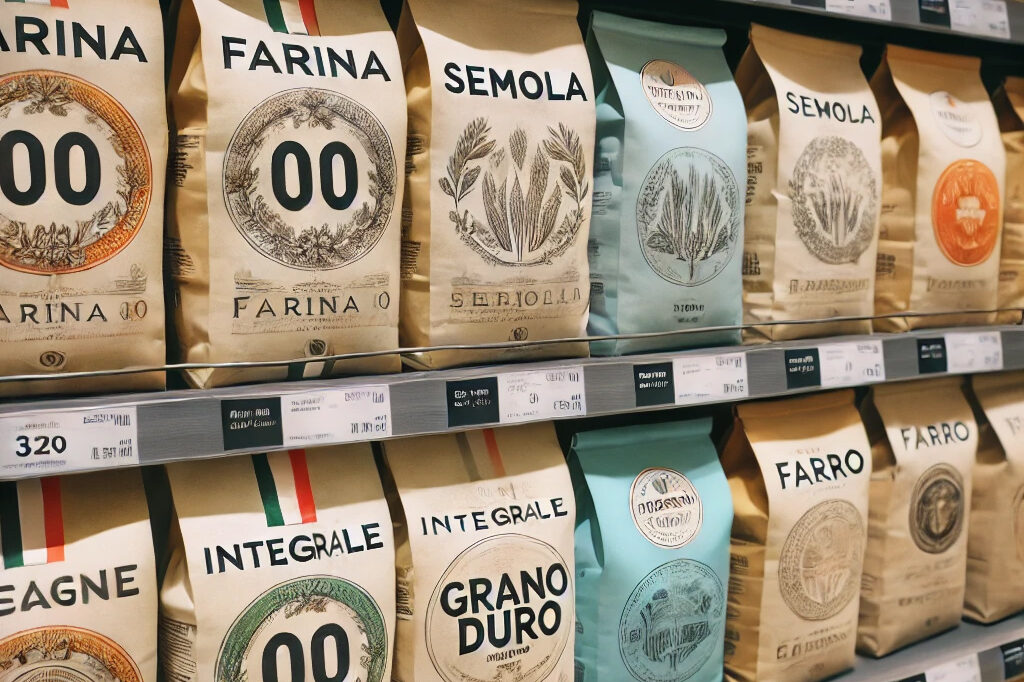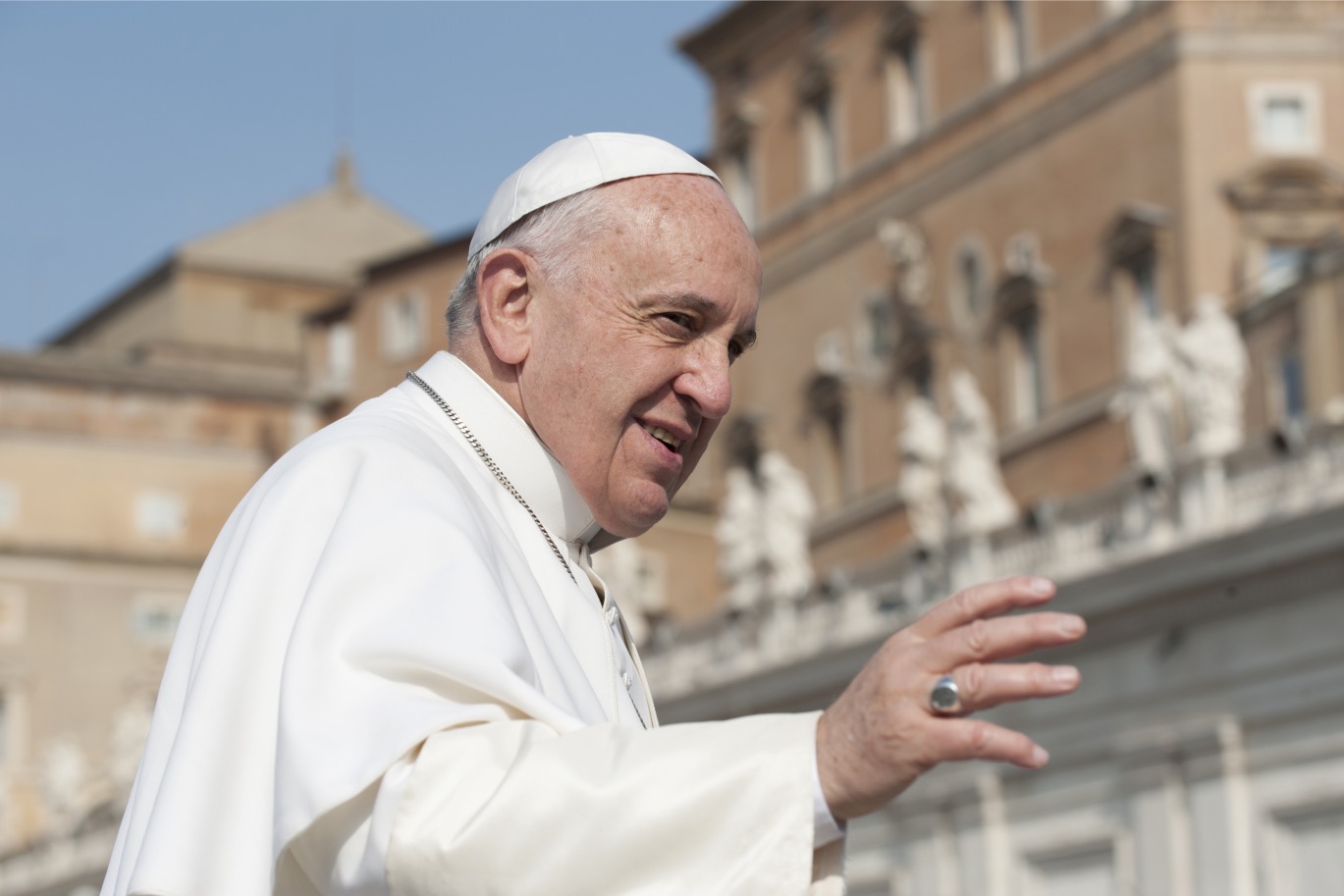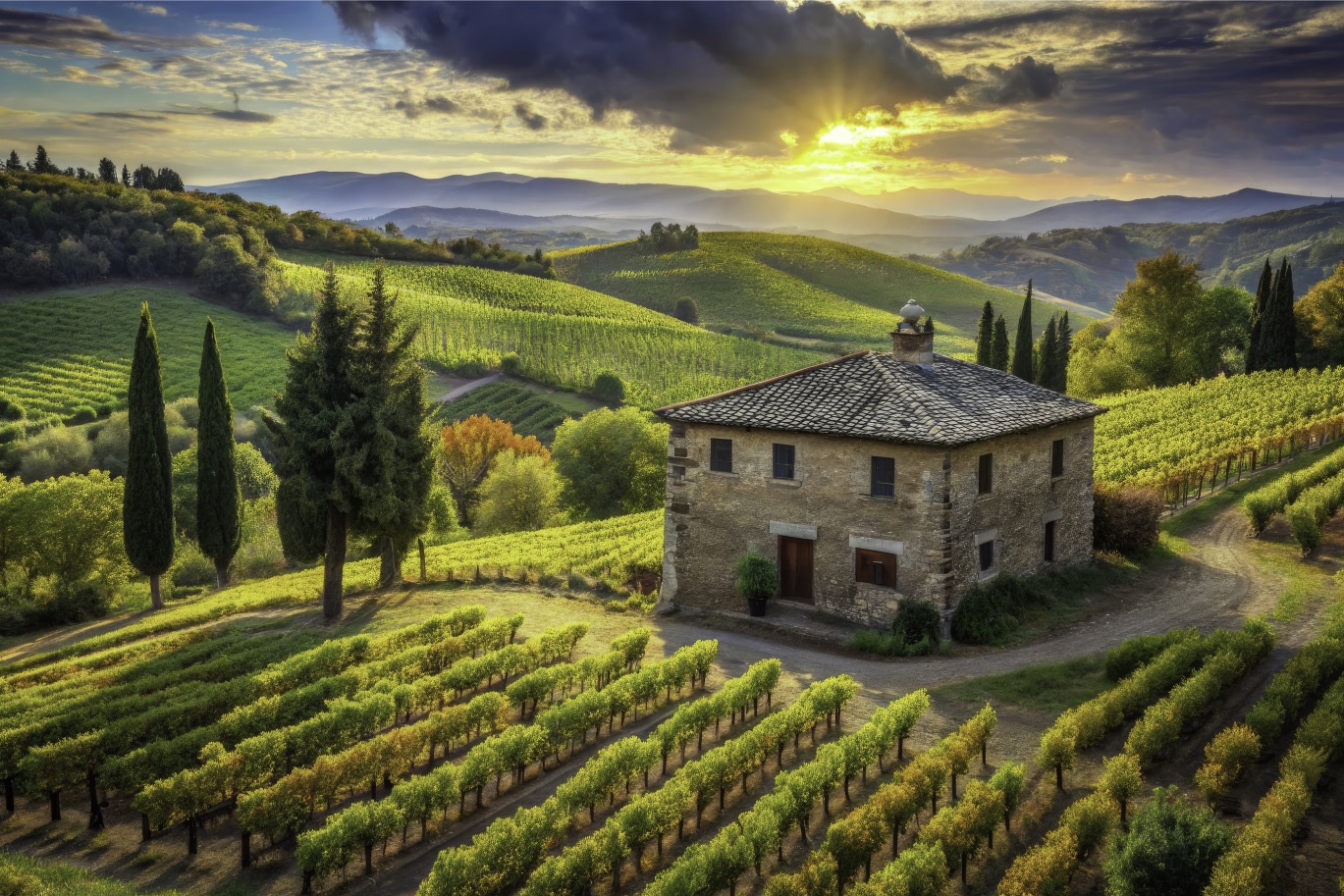In Italy, an incredible arts heritage and the ancient handicraft tradition converge into a unique collection of contemporary jewels. Orodautore features over 300 unique pieces designed by worldly renowned artists, architects and designers, and produced by expert goldsmiths. The project was launched in 1987 by Arezzo Fiere e Congressi to promote the “Made in Italy” jewelry; since then, the exhibit has traveled all over the world, and has found a permanent home in Arezzo, one of the centers of the Italian goldsmith tradition.
Orodautore is now in Los Angeles; the IIC is hosting a selection of pieces that will be on view through January, 12 2013. But what is behind the exhibition? From the moment of creation to the set up of the space, there’s a long and interesting process. Elena Danti, architect and exhibit designer, has been working in the field for over 25 years and was also part of team for the Los Angeles exhibition. She explained us more about her profession and the experience of LA.
Let’s start with your job. What does an exhibit designer do exactly?
E.D.: Exhibit designers have to reinvent a space they have been assigned; it can be a room or an entire building. Obviously, the main purpose is to give visibility to the objects on view, but objects also need to be in harmony with the surrounding space. I like to play with lights and I like strong colors. But of course I have to keep into consideration the features of the object: if I’m dealing with something precious, I have to be more careful, but if I’m working on contemporary pieces, I can dare more. I can for example think of some installations or projections on the walls. Moreover, if the exhibition is permanent, the space has to be more sober as it will probably be a sort of museum; in a temporary exhibition, instead, I can be braver.
In any case though, when visitors leave, I want them to think they not only have seen a great exhibit, but that they have had a great experience. This is the purpose of reinventing a space.
Gioielli di Orodautore
Working as an exhibit designer abroad is different than working in Italy?
E.D.: Definitely. In Italy, my profession is not well recognized yet. It might be because we have such beautiful locations, buildings and museums that already offer a great frame to an exhibition, that people don’t really understand my contribution. But having such “delicate” spaces sometimes makes things hard for us: we are given beautiful rooms, but are forbidden to even put a nail into a wall. There you really have to come out with some original idea to make everything look great without being too invasive on the space. When we work abroad, instead, it’s different: most of times we are given a space and we are free to reorganize it the way we want, and the importance of the work made by an exhibit designer is considered fundamental.
Especially when working abroad, you have to have a plan of what you are going to do with the space before getting there. How does it work?
E.D.: Usually, someone goes see the location, in this case Daniel Virtuoso from Arezzo Fiere e Congressi. He takes pictures and let me have a map, so that I can work on that. We collect all the necessary pieces and parts, we fly them to the location, and we assemble them once there. But pictures and maps never really reflect the reality as it is, therefore there’s always something unexpected. We have to be ready to change our plans, but this is also an exciting part of the job.
It sounds like a process that requires a lot of creativity and flexibility.
E.D.: Yes, it’s a job that puts together different disciplines: architecture, art, but also chemistry and technology. We always have the support of specialized teams to tell us the level of humidity certain pieces need, or the kind of light we have to use. Very often we deal with delicate objects, and all these details are very important to preserve them.
Let’s talk about Orodautore. What makes this collection unique?
E.D.: Orodautore is an incredible project that has grown during the years and now also includes collections from Argentina, Asia, and the US. This last one is one of my favorite, as the American artists have been the only one to fully fill the jewel with a social and artistic message.
We also saw funny products: some artists designed pieces that can’t be worn, including a bucket that was in theory meant to be put around your neck. But again, these products are not necessarily meant to be worn, so artists are free to interpret the idea of a jewel the way they want.
The interesting part is that the drawings are as precious as the final jewels. Sometimes artists gave goldsmiths a hard time, as their sketches were hard to interpret. But they are great, and in fact we are now showing them at the museum in Arezzo. They have been divided into categories: drawings made by painters, architects, sculptors and designers. It’s interesting to see how each of them approaches the idea of a jewel differently.
How was the Los Angeles exhibition received by the public?
E.D.: Los Angeles was a surprise. For the first time people asked to buy these jewels! And when I told them they weren’t for sale, they simply asked to make copies. Funny, but incredibly satisfying; if you are ready to wear one of those pieces, that means you really like it.




